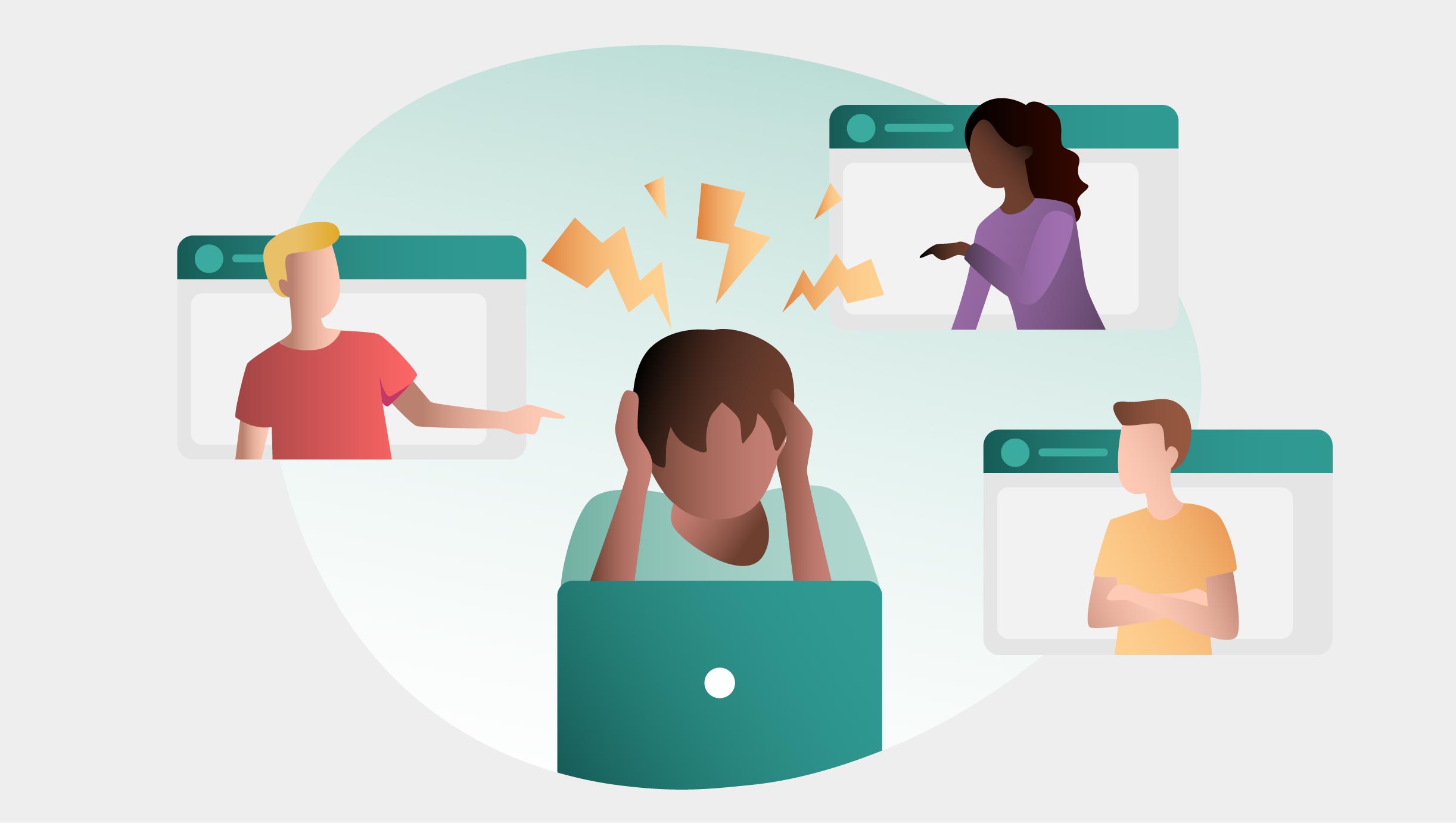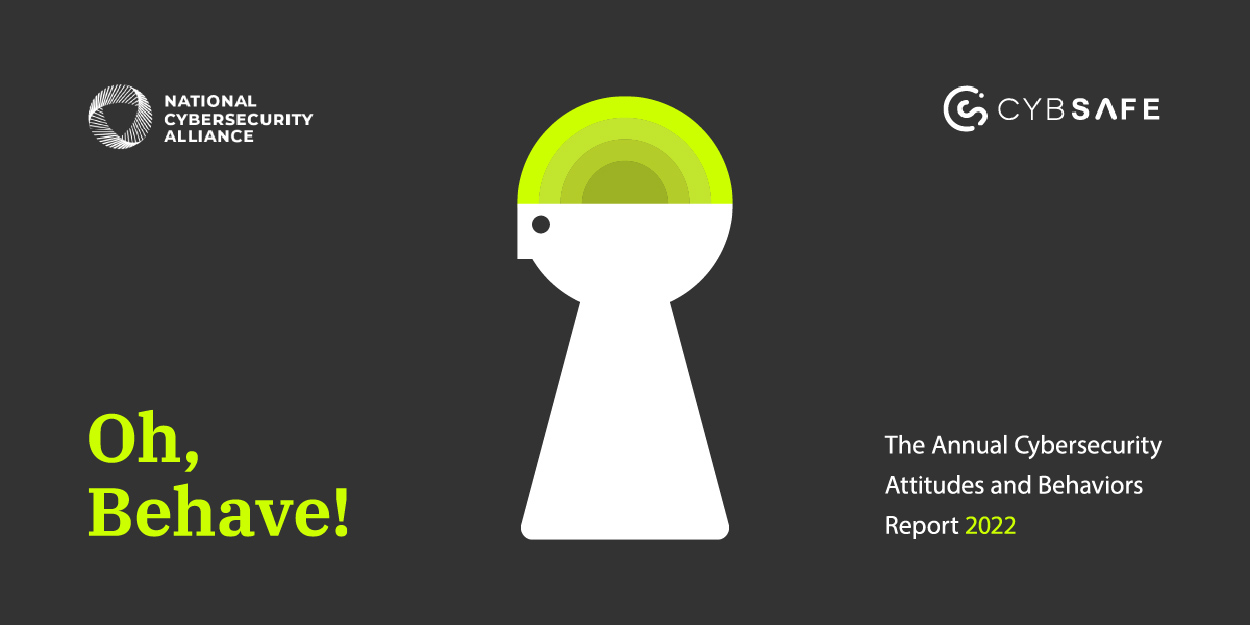Bully for you: How cyberbullying impacts your organization’s security, and how you can hit back
Steve works in HR. He’s the go-to person for many people when they have problems and need support.
But Steve has a problem of his own: he’s been dealing with cyberbullying for a while. And it’s taking a toll on his mental health. He became increasingly anxious and paranoid, and his productivity at work began to suffer.
One day, Steve received an email from what he thought was the IT department, asking him to download a software update for the HR system.
Due to his fragile mental state, Steve didn’t think twice and clicked on the link, which actually led to a phishing website that asked for his login credentials.
Unbeknownst to Steve, the hackers behind the phishing website were able to collect his login information, and they used it to gain access to the HR system.
They were able to steal sensitive data, such as people’s personal information, salaries, and performance reviews.
This devastating data breach caused a lot of damage to the organization’s reputation and finances, and it took them months to recover.
And it was all because cyberbullying led to Steve’s vulnerability and made him an easy target for the cybercriminals.
Cyberbullying is getting bigger and badder
Cyberbullying is a growing threat for individuals and organizations alike.
The word probably conjures up thoughts of sharp exchanges on socials. But more generally cyberbullying involves the use of electronic communication to bully, harass, or intimidate someone. And usually the motive is simply causing the victim to feel emotional distress.
Let’s talk tactics for a moment. Cyberbullies’ go-to moves are:
Sending threatening or abusive messages via social media, email, or text message.
Posting negative comments or reviews about the victim online.
Spreading rumors or false information about the victim.
Creating fake social media profiles to impersonate the victim or to spread false information about them.
Posting private or embarrassing photos or videos of the victim online without their consent.
We usually only hear about cyberbullying as a problem primarily affecting children and teenagers. But cybersecurity professionals need to recognize that individuals of all ages can be victims of this type of online harassment.
And that means cyberbullying has significant implications for cybersecurity. It’s a given that it compromises the mental health and well-being of individuals. But the effect this can have on their performance in the workplace can be huge.
And even worse, it can mess with their ability to stick with good cyber habits.
In other words, we seriously underestimate cyberbullying’s punching power. And that makes problems for us down the road.
What’s the Oh, Behave! report all about, then?
The Oh, Behave! Report is an annual report produced by CybSafe and the National Cybersecurity Alliance. It provides a comprehensive analysis of cybersecurity attitudes and behaviors among individuals and organizations.
It’s supremely useful because it highlights key insights, trends, and recommendations. So it helps you to build awareness, influence behavior, and reduce human cyber risk in your organization.
And good news, you can read it right here for free:
If you’re a forward-thinking cybersecurity professional you really won’t want to miss it.
In this blog, we’re delving into the 2022 Oh, Behave! Report to look at just one of the facets it explores. Our research reveals just how widespread this insidious issue has become.
We’ll give you the lowdown on current trends. And we’ll look at how you can protect your people and your organization from the digital haters.
What are the latest trends in cyberbullying?
The Oh, Behave! Report 2022 gathers together people’s experiences of cyberbullying to build a picture of how things are changing.
Here are just a few snippets:
Cyberbullying is on the rise. A shocking 44% of everyone we asked reported that they or someone they know has experienced cyberbullying in the past year.
Social media platforms are the most common place for cyberbullying to occur, with 71% of victims reporting that the cyberbullying took place on social media. Messaging apps are another popular choice.
Cyberbullies are increasingly using anonymous accounts to hide their identity when carrying out their mean deeds and spreading their bad vibes.
So, how big is the cyberbullying threat?
Honestly, it’s impossible to measure precisely.
It’s likely many victims don’t report the behavior for fear of retaliation or embarrassment.
However, data from the 2022 Oh, Behave! Report suggests that cyberbullying is a widespread problem. A whopping 43% of all respondents reported that they had experienced online harassment or abuse—and that’s just in the past year!
Of those who reported experiencing any form of online harassment or abuse, 56% stated that they had been subjected to cyberbullying specifically.
These numbers speak loud and clear. Cyberbullying is a significant problem that affects a significant proportion of the population. And we’d bet our bottom cookie that it’s affecting people in your organization.
Who’s most at risk of cyberbullying?
Sure, anyone can be a victim of cyberbullying, but are some people more prone than others?
Yes—certain groups may be more vulnerable.
Think about it. If you’re a cyberbully, are you going to target the person who’s had decades of navigating online interaction, or the person who’s brand new to the internet?
Exactly. That’s why children and teenagers are often targeted by cyberbullies. It’s because they’re less experienced in navigating online interactions than adults. Emotional resilience helps us copy with online harassment. Young people are still building their resilience, and the bullies are banking on that fact.
In our report research, 55% of Gen Z respondents told us that they or someone they know has experienced cyberbullying in the past year. And with Gen Z’s entry to the workforce well underway, we need to pay attention.
But it’s not all about age. Other groups that may be vulnerable to cyberbullying include:
people with some intellectual disabilities.
people from marginalized communities.
people with high-profile public personas.
However, remember that cyberbullying can affect anyone. Whatever someone’s age, gender, social status, no one is free from the risk.
Why is cyberbullying a cybersecurity issue?
As we touched on above, cyberbullying can put a huge dent in someone’s mental health and well-being.
Yes, obviously that sucks, you may be thinking, but why does it matter for your organization?
Because mindset affects cybersecurity habits. A lot.
For example, a victim of cyberbullying may be more likely to engage in risky online behavior, such as sharing sensitive information or clicking on suspicious links.
Think about it. Phishing attacks often harness social engineering to get its targets into an emotional state.
Why? Because we’re more likely to fall for something suspicious that way.
Alternatively, a victim of cyberbullying may become disengaged or withdrawn. Someone in that headspace will find it hard to stay focused—and hard to stay alert to cybersecurity threats.
What are the consequences of cyberbullying?
Cyberbullying can have serious and long-lasting effects on its victims. Anxiety and depression are likely outcomes. Sometimes social isolation and dented self-esteem will be part of the unenviable fallout.
And, of course, as media reports remind us all too often, in some cases cyberbullying can even lead to suicide.
As grave as these outcomes can be, the ramifications don’t stop at the individual victim. Cyberbullying can have significant effects on organizations.
It can damage morale, productivity, and so the organization’s reputation can take a hammering. And it can also result in increased absenteeism, turnover, and litigation costs.
But there’s one part of the picture most often overlooked—and it’s the most vital for our sector.
Cyberbullying can lead to data breaches and other security incidents
And that’s going to leave you with sizable financial and legal implications.
How can cybersecurity teams help to address cyberbullying?
So, one thing’s very clear: it’s in your interests to help foster resilience against cyberbullying.
You can make a big difference in keeping their people safe. Here’s how:
Educate people: Offer training and resources to help your team recognize and deal with cyberbullying. Show them how to report incidents and who to contact for support.
Set clear guidelines: Establish policies that make it clear that cyberbullying and harassment are not acceptable. Lay out what appropriate online behavior looks like and the consequences for breaking the rules.
Create a culture of respect: Foster a culture of respect that discourages cyberbullying and harassment. Celebrate diversity and promote respectful communication and interactions among your squad.
Offer support: Make sure your crew knows that you’re there for them if they experience cyberbullying. Provide access to mental health resources and assistance programs.
These steps can create a safe and supportive environment for your people and help reduce the risk of cyberbullying and its negative consequences.
The final word
Cyberbullying is a serious problem that can have lasting and far-reaching consequences.
You’d be forgiven for underestimating it. But it’s clear that doing so will leave you vulnerable.
Cyberbullying may affect people one at a time, but we all need to pitch in—organizations, people and society as a whole.
You’ve read this far, so you’ve got a fighting chance of curtailing the effects of cyberbullying in your organization. And that’s a solid win.
The 2022 Oh Behave! report has more detail on cyberbullying, and so many major topics related to human cyber risk. From password security to phishing scams, the report serves up game-changing insights and recommendations.
Cybersecurity isn’t just about protecting data, it’s about protecting people. And that includes protecting them from cyberbullying.
By including cyberbullying in your security strategy, you’re not only defending your organization but also doing your part in making the online world a safer place for all.
And that’s not just good optics, it’s downright heroic.








